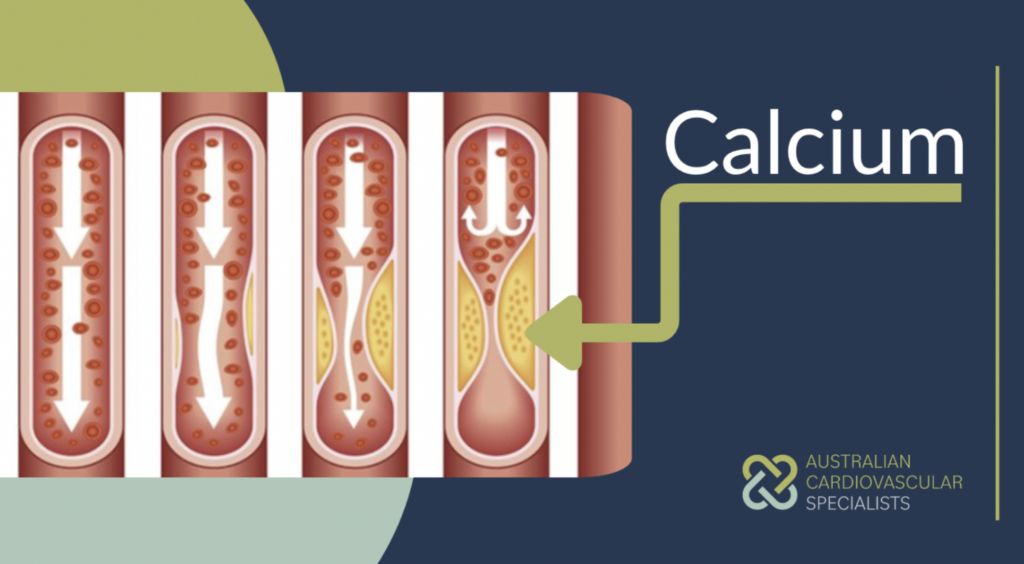Heart Health: Impact of Calcium Deposits
Think of calcium as your body’s superhero, doing essential tasks. But when it decides to linger in your heart, things get tricky. Picture it like constructing a road – when the tar is fresh, it’s easier to remove. Just scrape it off, no big deal. However, let it settle and harden, and breaking it down becomes almost impossible.
That’s the catch with calcium in your heart – catch it early, and it’s manageable, like dealing with fresh tar. But let it stick around and toughen up, and you’ve got a real challenge on your hands. It’s like giving your heart a heads up, saying, “Hey, let’s not turn into a hard-to-break roadblock.”

The Gradual Build-up
Calcium deposition in the heart usually kicks off with an initial trigger, often tied to factors like aging, genetics, or lifestyle choices such as diet and exercise habits. Over time, calcium begins to accumulate on the walls of coronary arteries.
This buildup is gradual and might slip under the radar in the early stages. The accumulation sparks a degenerative process, where calcium, alongside other substances, forms plaques on the artery walls. This silent process can span many years without noticeable symptoms.

As the calcium-laden plaques grow, they contribute to arterial stiffening. This stiffness can reduce the flexibility of the arteries, affecting blood flow and putting additional strain on the heart.
This risk amplifies when combined with factors like diabetes, high blood pressure, elevated cholesterol levels, or smoking.
Studies reveal that the extent of calcification acts as a predictive marker for coronary artery disease. Monitoring calcium levels through specialized imaging, such as coronary calcium scans, provides insights into potential cardiovascular risks.
Individuals with coronary artery calcification face an increased risk of acute heart attacks (myocardial infarction). This heightened risk arises from the potential for sudden blockages, restricting or completely blocking blood flow in the affected arteries.
How can you take control over this?
1. Early Detection:
Regular heart checks, including coronary calcium scans and other diagnostic tests, play a crucial role in early detection. Spotting calcium deposits in their early stages allows for timely intervention and preventive measures.
Combining information about calcium deposits with other risk factors enables a personalised risk assessment, guiding healthcare professionals in tailoring preventive strategies.
2. Lifestyle Management:
Prevention beats cure, especially for heart health. Lifestyle adjustments, such as bidding farewell to smoking, embracing regular exercise, maintaining a balanced diet, getting sufficient rest, and managing stress, are pivotal. For those dealing with high blood pressure and cholesterol, keeping blood pressure below 140/90 mmHg and LDL-cholesterol under 130 mg/dL is the playbook to follow.
In a world where heart health is everyone’s business, understanding the impact of calcification gives you the upper hand. It’s not just about beating the odds; it’s about rewriting them in your favor. So, why wait for a heart wake-up call when you can be the captain of your cardiovascular destiny? Embrace the knowledge, take control, and let your heart thank you for it!
CATEGORIES: Heart Condition Management






